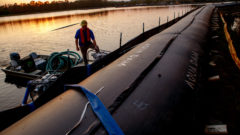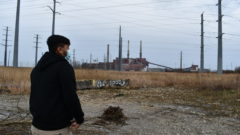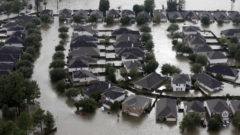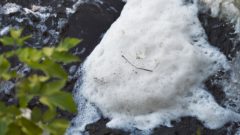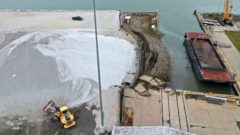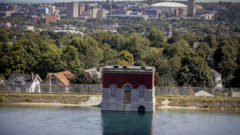Great Lakes Moment: Solving the contaminated sediment remediation funding puzzle
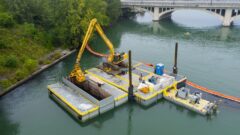
Great Lakes Moment is a monthly column written by Great Lakes Now Contributor John Hartig. Publishing the author’s views and assertions does not represent endorsement by Great Lakes Now or Detroit Public Television.
For over a century, vast amounts of toxic contaminants were discharged by industries into the Detroit and Rouge Rivers.
Great Lakes Now
https://www.greatlakesnow.org/2023/05/great-lakes-moment-solving-the-contaminated-sediment-remediation-funding-puzzle/


